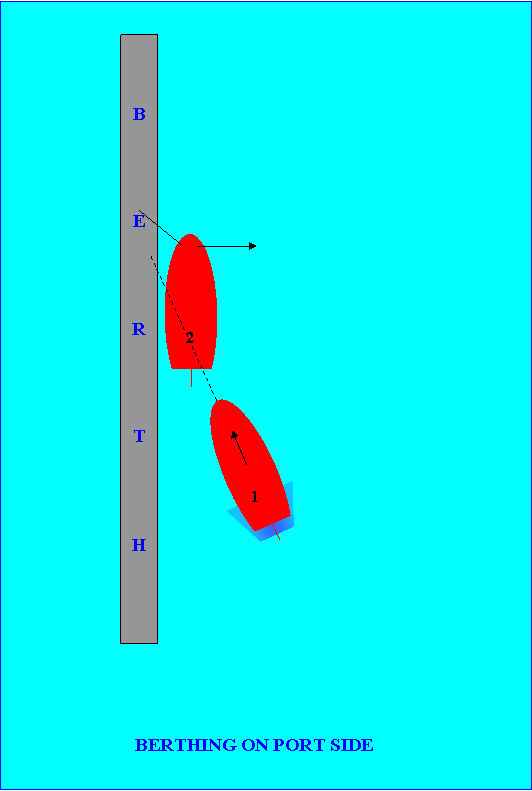MOORING: WHAT IS IT? & VARIOUS VESSEL MOORINGS Tips for safe mooring operations Mooring and unmooring operations hide a number of risks for those who get involved, many times leading to a fatal accident or a collision; Thus, it is of a great importance when conducting any mooring operation to follow specific steps to ensure the safety of all those conducting the operation. 1 Use Appropriate Lines a. Choose based on size and operational requirements Choosing the ideal mooring lines depends on local factors such as the water depth, the tidal range and wave energy, as well as on the material the mooring lines are constructed from. The combination of both the material and the conditions where a vessel is to conduct its mooring operations, play a crucial role for the operation to be fruitful. When opting for the mooring line keep in mind the: Weight and diameter of the line in comparison to required strength. Elasticity of the m...

Comments
Post a Comment